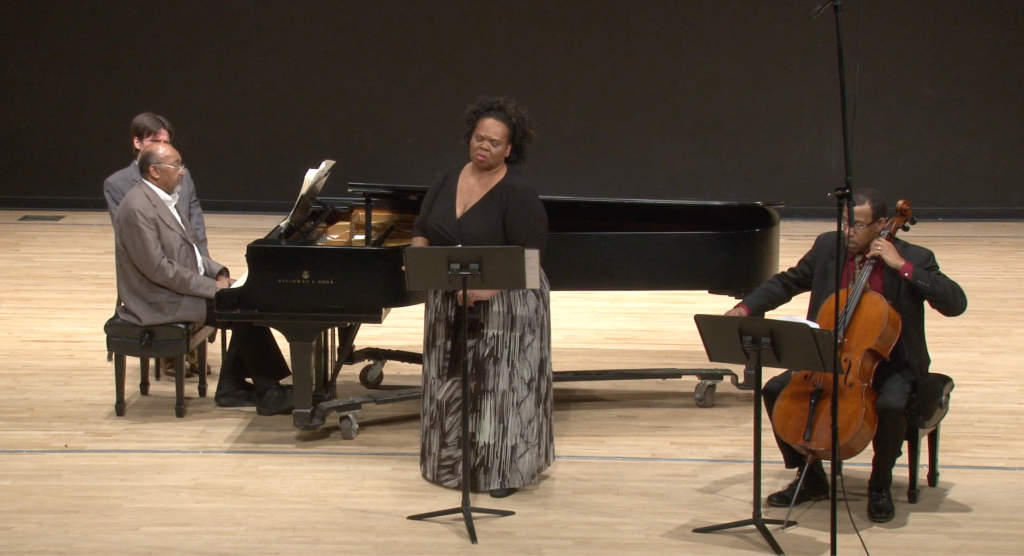About
Born in Washington D.C. as one of a pair of twins to Norris Wright Cuney II, who worked for the federal government, and Madge Louise Baker, a teacher in the D.C. public school system. After graduating from Armstong High School, William attended Howard University but only for a short time before earning his degree in vocal performance at Lincoln University and furthering his studies at New England Conservatory in Boston and The Conservatory in Rome. Shortly after graduating, William decided that he did not think he was a very talented singer and decided not to pursue a career in singing. He then switched his focus to writing.
His background in music bleeds into his poetry as many of his poems resemble the forms of ballads and blues. One notable poem that has a strophic form is “Hard-Time Blues”. His most notable poem “No Images” was written when he was eighteen. This poem won him one-half of the first and second prize in the Opportunity Literary Contest in 1926, while he was attending Lincoln University. He would also receive an honorable mention in the Alexander Puskin Section of the same contest in 1927 for his poem “A Traditional Marching Song” and an honorable mention in the Poetry Category for “De Jail Blues Song.”
His work was largely forgotten in the United States after the 1950s but has gained a following in Europe after some of his works were translated to German and Dutch.
-Caitlyn Fuller


